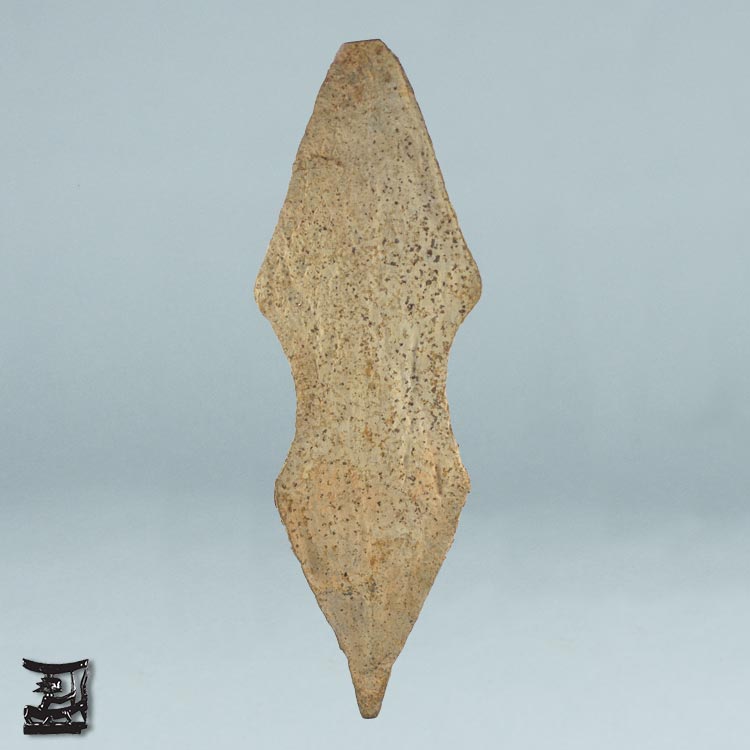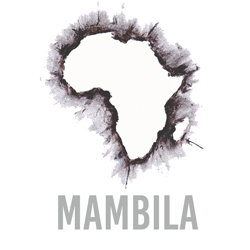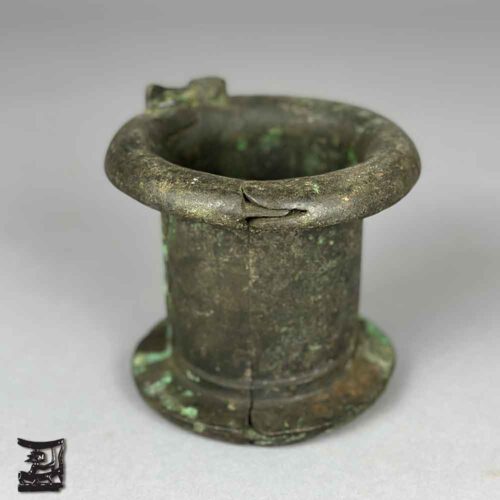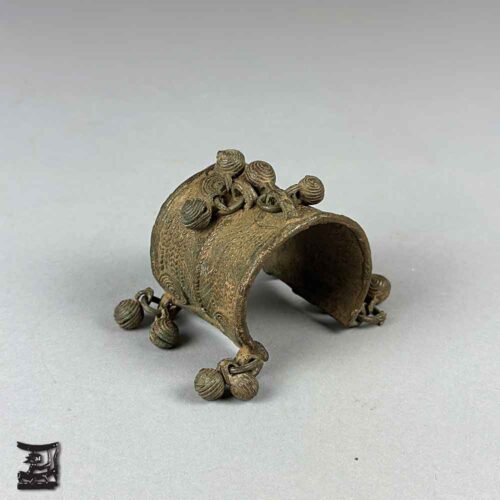Details

ITEM DESCRIPTION:
Mfunte Cowhide Currency Blade
ITEM #:
974
ETHNICITY:
Mambila
ORIGIN:
Democratic Republic of Congo
MEDIUM:
Iron.
DIMENSIONS:
28″ (71.12 cm).
NET WEIGHT:
5lb 5oz.

PROVENANCE:
Private Collection – Florida, USA.

CATALOGUE NOTE:
This iron currency, known as Mfunte Cowhide Currency Blade was forged out of iron and widely used as currency for the larger and more important transactions by the Mambila. The smelting of iron and its use in agriculture became an integral part of African currency, being forged from a heavy iron sheet and shaped into varying forms. The Mambila currency, shaped in forms like an animal hide or cowhide is very unique and striking.
The African currencies came in varying forms, sizes, names, and values depending on each region and intermediate shapes can be found. Shapes of the hoes included hearts, spades, paddles, teardrops, trowels, anchors, or even blades, like this Mfunte Cowhide Currency Blade. In fact, the hoe classifications began to overlap the classifications of blade or knife currency. Hoes were a useful exchange object as the material could also be reformed into other shapes or implements as needed. Hoe money and blades like this Mfunte Cowhide Currency Blade were also used for the payments of bride wealth.
The Mambila people who made this currency form lived in Nigeria and parts of Cameroon. Their art was made up of unique sculpture items made of clay, terracotta, pith, and wood. The wood carving was predominantly done by the male members of the tribe. Sculptures with heart-shaped faces symbolize the earlier artistic endeavors within the tribe, and the current artworks often display the stylization of birds, beasts, and humans.







